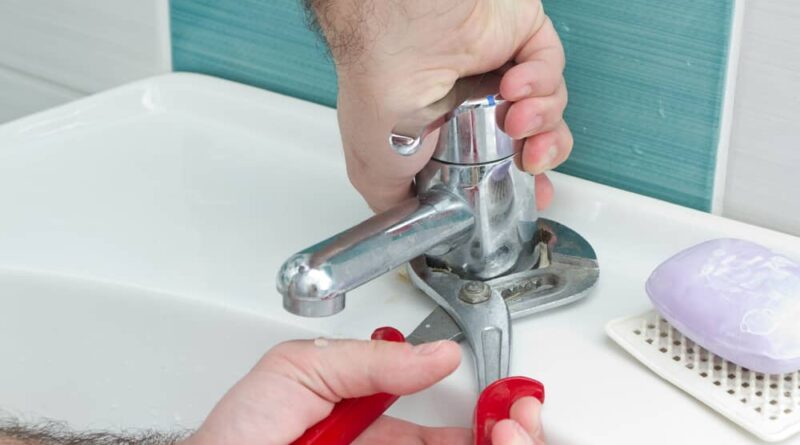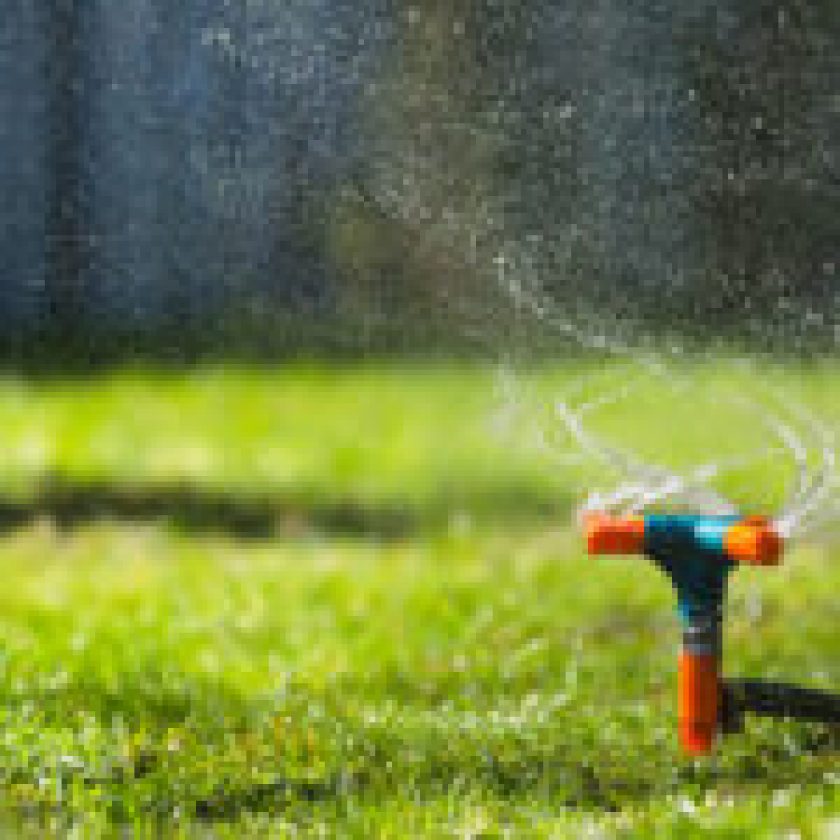Are you dealing with a leaky kitchen faucet? A broken bathroom sink? Or maybe your outdoor spigot isn’t working as it should be. Many homeowners can relate to the frustration and confusion of having an uncooperative faucet in their home, but don’t worry – there’s no need to panic!
In this blog post, we’ll discuss some of the most common causes of faucet malfunctions so that you have a better understanding of why your fixture isn’t functioning properly and what steps can be taken to identify and resolve any issue.
We’ll also offer up helpful tips on how you can proactively keep those pesky plumbing problems at bay. So let’s take a deep dive into all things related to fixing faulty faucets!
Got a faucet problem? Visit this site to find a professional plumber who can help.
Faucet not working? Here are 6 common causes
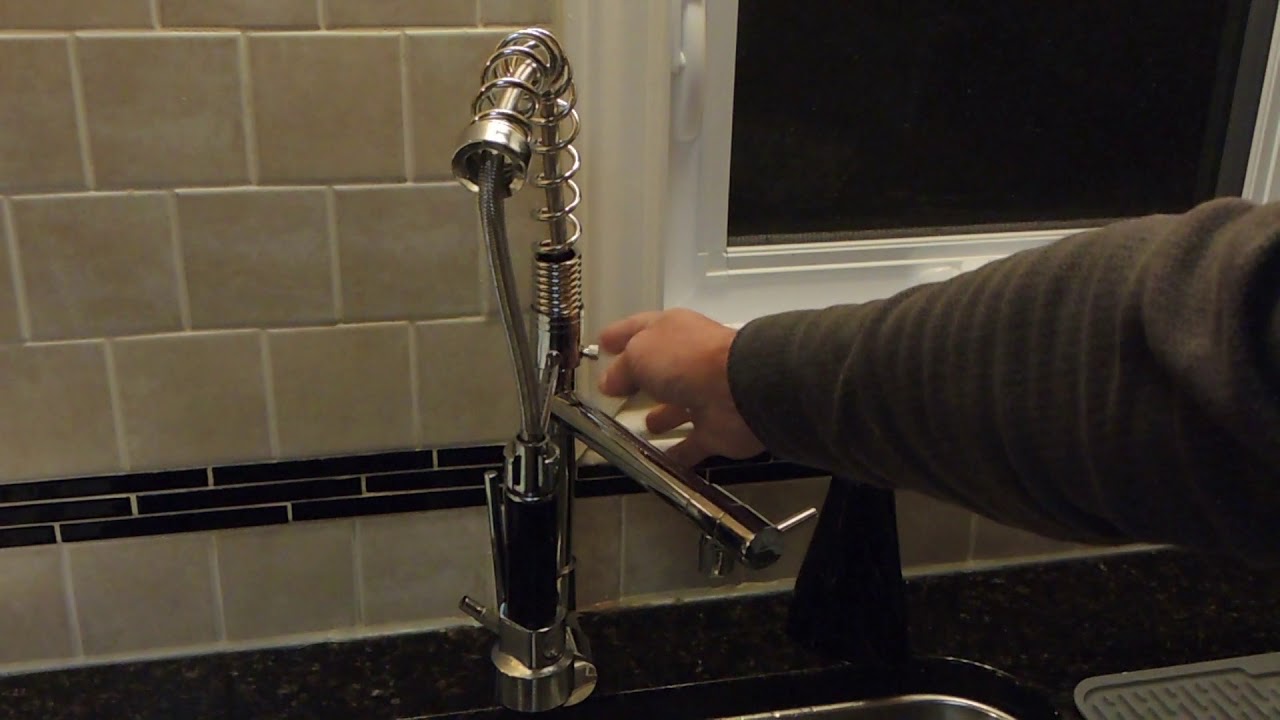
source: pinterest.com
Having a faucet problem can be highly frustrating and inconvenient. Fortunately, it’s common enough that you should be able to get it fixed and back to normal in no time.
Is your faucet not working properly? Here are some possible culprits:
1. Your water main is turned off
If you’re turning on your faucets, but no water comes out, the first thing you should check is if your water main is shut off.
Is your faucet not providing any water? Your first check should be to see if the water main in your house is turned off. Most experts suggest shutting it off on vacation to avoid it freezing over. If that’s the case and it’s still shut off, you won’t get any water from your tap.
To find the water main, which usually is outside of the home in an accessible area, you can try a quick online search for “[your city] Water Main” to get a better idea of where it is located. Once you have identified its location, you may need to open a shutoff valve near the pipe connection that links up to the backflow preventer or other large pipe piece.
If that doesn’t work and water still isn’t coming out of your faucet even after turning on the shutoff valve, then it might be time to seek help from a qualified plumber.
2. Faucet aerator is clogged
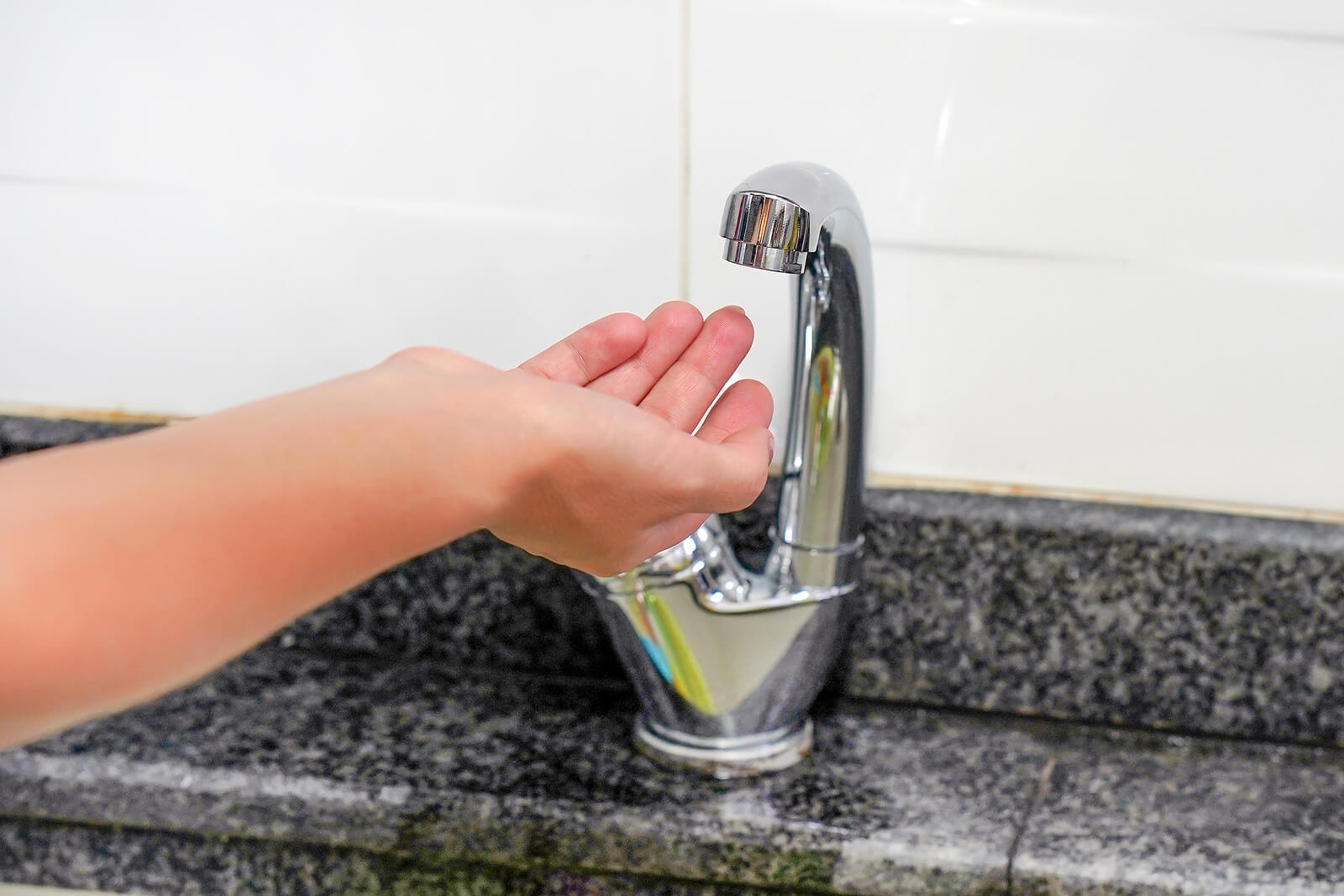
source: pinterest.com
A clogged aerator can also cause a leaky or non-working faucet. The aerator is a small screen located at the end of the faucet that helps to aerate the water as it comes out of the tap. Over time, sediment and other unwanted debris can build up on the aerator, which will restrict water flow and cause leaks. Cleaning your aerator or replacing it will typically fix this.
3. A loose washer or broken seal
One of the most common causes of a leaky or non-working faucet is a loose washer. It’s a small, disk-shaped piece of rubber that is found under the faucet handle. With use, the washer may get worn out or dislodged, and this leads to water leaking from the faucet. Typically, replacing the washer will solve the problem.
4. A broken O-ring seal
Another common cause of a leaky or non-working faucet is a broken O-ring. The O-ring is a small, ring-shaped piece of rubber that helps to seal the connection between the faucet and the supply line. If the O-ring is damaged, water will be able to leak from the connection. Check for a broken or loose seal and replace it.
5. A faulty supply line
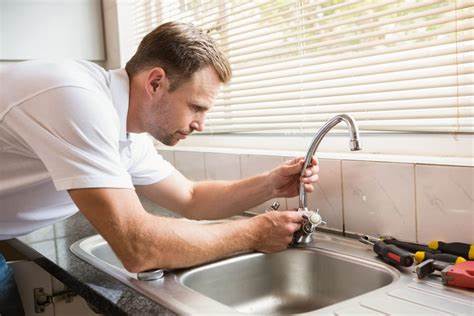
source: pinterest.com
A faulty water supply line can also cause a leaky or non-working faucet. The supply line is the hose that carries water from the main water supply to the faucet. If there is a hole or other damage in the supply line, water will be able to leak out. In most cases, replacing the supply line will solve the problem.
6. A broken valve seat
A broken valve seat can also cause a leaky or non-working faucet. The valve seat is a small metal disc that seals the connection between the valve and the spout of the faucet. If the valve seat becomes damaged, water will be able to leak from the connection. If you replace the valve seal, this will usually fix the leaky faucet problem.
When to call in a professional
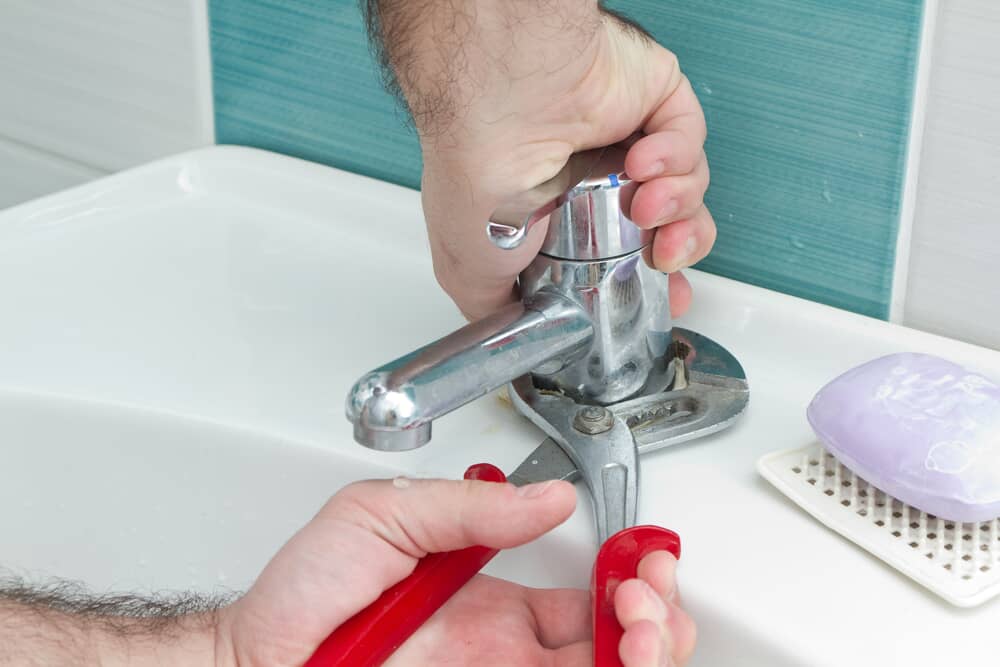
source: pinterest.com
Still trying to diagnose the root of your broken taps’ problems? It may be time to call in a professional. If you can hear the water running, but there is no pressure when you turn it on, then the issue might not be with the faucet itself. Instead, this could be a sign of an issue with your plumbing system.
You may have a blockage somewhere in your pipes that are preventing pressure from getting where it needs to go. A qualified plumber can assess and find the cause of your lack of water pressure or faucet leak to quickly get everything working again.
Conclusion – Is your faucet not working? Hire a professional
A faucet with no water is more than inconvenient. A leaky tap is not only annoying, but it can also waste a lot of water and money. If you’ve gone through all of these steps and your faucet and taps are still causing issues, don’t hesitate to call a local plumbing professional.
They will be able to quickly diagnose and fix the problem and get your faucet back in working order.

